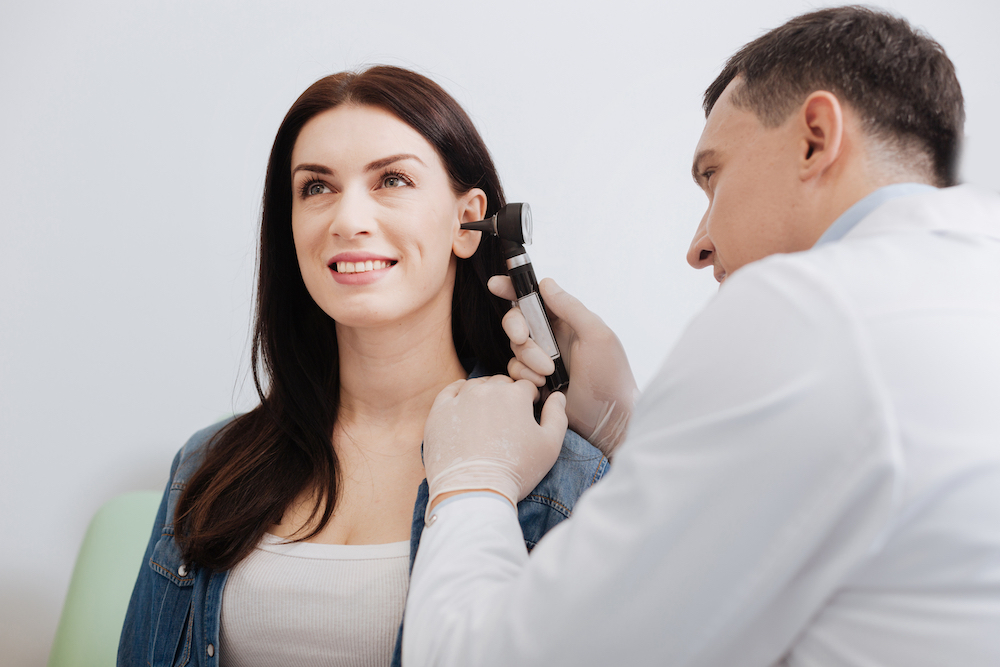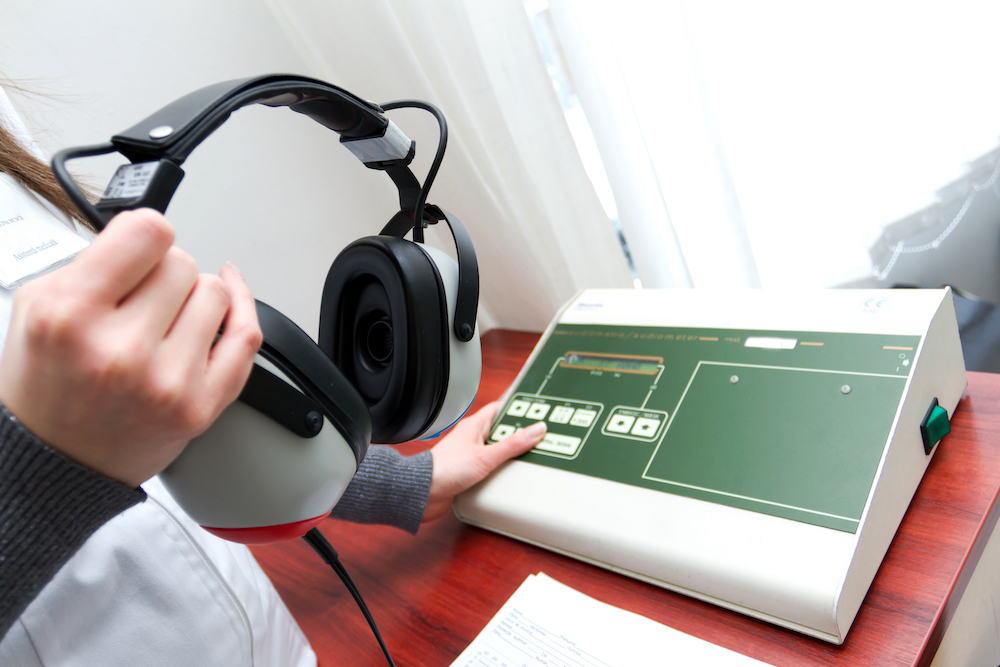Top Reasons to Trust an Audiologist with Your Hearing Health
Audiologists specialize in diagnosing and treating hearing-related issues

By: admin | September 12, 2017
Are you concerned that you may have hearing loss? Do you think a friend or a loved one doesn’t hear as well as they once did? If so, you should schedule an appointment for a hearing evaluation. Hearing screenings and evaluations can tell if there is hearing loss, they type of hearing loss and if the hearing loss is temporary or permanent. No one should miss out on hearing the richness of the world around us. Here is what you should know about how hearing loss is evaluated.
Hearing is initially evaluated using a hearing screening. These screenings can be performed at any age. This is a “pass” or “fail” test that is used to determine if hearing should be evaluated by an audiologist.
A hearing test refers is a full hearing evaluation performed by an audiologist. An audiologist has the training and equipment to completely evaluate the ability to hear. If hearing loss is present, they are qualified to determine the nature and degree of the hearing loss. Their hearing tests can determine if the loss is in one or both ears.
All of the hearing tests are minimally invasive. The otoscope and tympanometry probe are small. There is no need to fear hearing tests. If you suspect you have hearing loss or a loved one doesn’t hear as well as they used to, make an appointment for a hearing test today.

Audiologists specialize in diagnosing and treating hearing-related issues
By: admin | January 25, 2022

A hearing test is something that offers the opportunity for you to speak
By: admin | January 25, 2022

Do you think that you could have tinnitus? Some people think they might
By: admin | January 3, 2022
